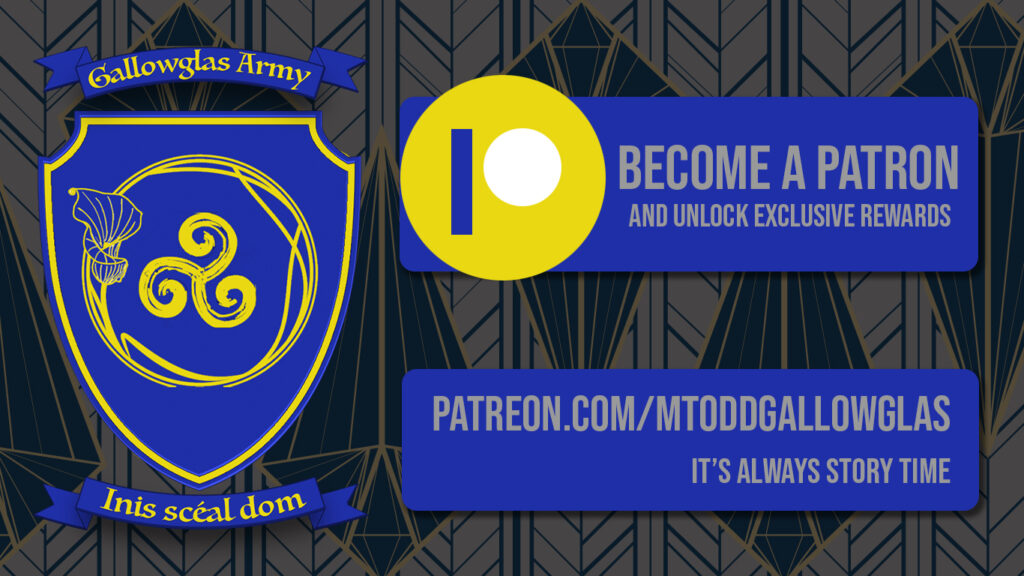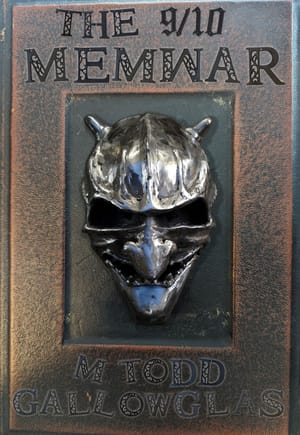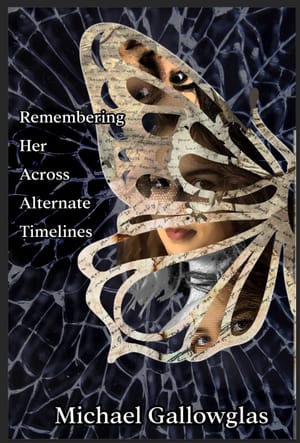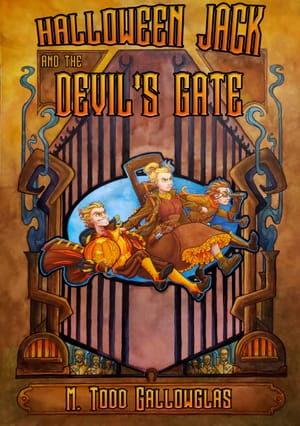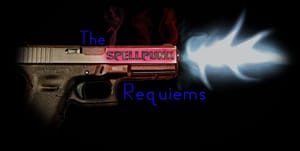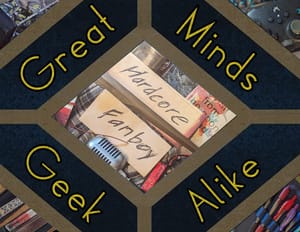Where the Hell are We?
As I said in a recent post, I've been working on rewriting my buddy Steve's story "Knight of the Living dead." We've had a couple of conversations about the piece before going into it, both in person and via IM and email. I've been working it and having a great time doing so. It's a wonderful exercise, taking this very fun, raw piece of work and fleshing it out. The big challenge has been to maintain Steve's voice and being true to his vision of the work. Good for me as a writer to try and be someone else's voice. I'm learning a lot.
The story is very rough, and Steve knows it, but I don't think it's as rough as he thinks it is. It's a fun romp through the land of make believe. I've read bits of the follow up stories. They are much better. Steve is getting better. Much better. The current piece, "Restless Knights" shows his growth as a writer. We're currently tossing around ideas of a venue we can publish these. Stay tuned for details.
One of the things working on KotLD is really helping me with is setting. In my experience, setting is one of the hardest parts of writing fiction. To truly succeed within a story, setting must be more than a list of details about the place a particular character, or group of characters happens to be as the story unfolds. In someways, setting is a character in and of itself. In other ways, setting is a window into the view point character's personality; what people notice gives us insight into how they think and what's important to them. It can heighten tension in the story and ad greater conflict. The list goes on and on.
Steve's story takes place at a Renaissance Faire. The original draft of the story was intended solely for the amusement of Steve and other Ren Faire folk. The details about the setting are sparse. Only the most necessary points of setting required by the story have been given. This is actually a brilliant piece of storytelling by Steve: The story comes to the reader from several first person characters. These characters are intimately familiar with Faire and what it's like. They aren't going to notice or comment on all the details they are used to seeing. They are going to comment on things that are out of place. From my initial reading, I believe the narrators are also relating the event of the story to other people who are familiar with Faire, which is true enough, because Steve did write it for his Faire buddies. The brilliance is that the character know Faire, the audiance knows Faire, so Steve cuts to the chase and gets down to the business of zombies trying to eat people and people trying to get away.
My challenge: Take this sparse bit of setting and make it accessible to people who aren't as familiar with Faires, WITHOUT compromising the integrity of the characters or Steve's original voice. How am I doing that? Partially by breaking off from the story being told by a Faire person to other Faire people. Now its a recounting of the events, partially with the understanding that the audience for the tale is expanding and some of the readers might not be too familiar with the world of Faire. Still, I needed to handle in a way that remained true to the characters. I'm working it in details about Faire as zombies interact with them. The zombies are what's making this different than any other day at Faire, so I figure that's the best way to show off the setting. I think it's working out pretty well so far.
It's getting late. I'm getting tired. The battery on my laptop is winding down. Next time, I'll continue my discussion of setting as it applies to the translating gaming into fiction, and why again, this creates problems.
May all your stories have happy endings.

